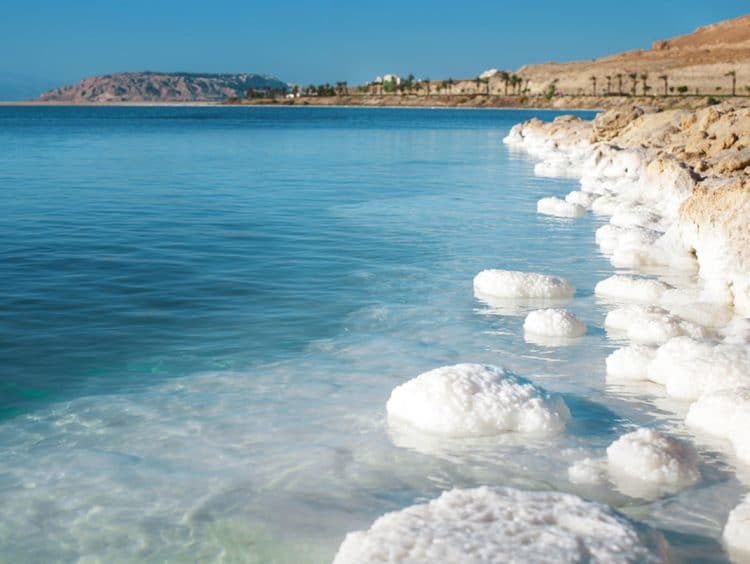Over billions of years of our planet’s natural development has resulted in some of the world’s most beautiful and fascinating places. Land mass below sea level is a remarkable travel destination, both from a tourist and geological perspective.
Although ‘sea-level’ is not the same worldwide, since 1984 there has been a globally accepted and standardized measurement known as “Mean Sea Level” (MSL for short).
Certain land areas are below sea level simply because they’re surrounded by higher land, hence, the seawater can’t reach them and the area remains permanently dry. These places tend to have unseasonably warm climates, stunningly scenic landscapes and are some of the world’s most enticing and exciting getaway locations.
So where is the lowest point on earth? Here is our list of 7 places below sea level that you must visit!
Africa
The continent of Africa is home to some of the lowest points in the world, here are a few of our favorites
Lake Assal
Lake Assal is a crater lake which lies in the heart of the Danakil Desert, in central Djibouti. At 509 ft below sea level, the lake is the lowest point on land in Africa and the third lowest point in the world. The waters of the lake have an unusually high salinity level due to the the area’s climate causing high evaporation rates. As such, the lake is the region’s largest salt reserve and high quantities of salt are extracted in slabs annually.
The lake is just a short drive from the neighboring Djibouti city where there are plenty of comfortable and affordable places to stay. However, be advised that local temperatures during the summer months are searingly hot. During July, the temperature often exceeds 50°C! So, be sure to bring plenty of water and cool clothing.
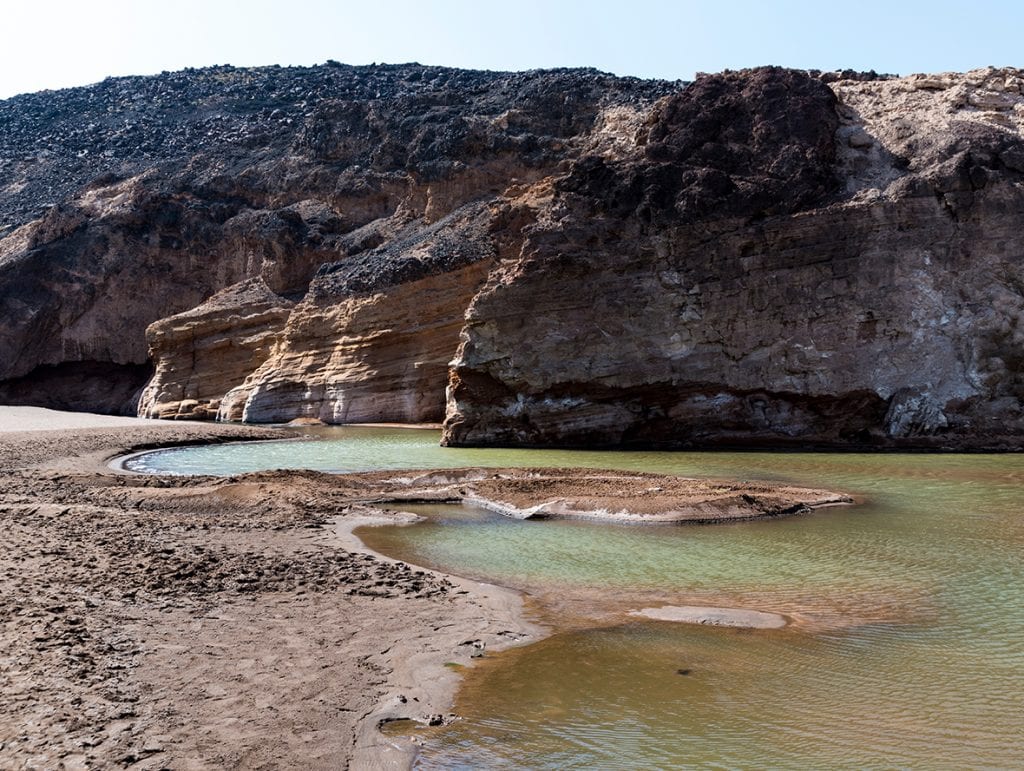
Qattara Depression
The second lowest elevation in Africa is the Qattara Depression which sits at 436 ft below sea level. The depression covers a staggering 19,605 square kilometers which is roughly twice the size of nearby Lebanon for comparison.
Over the last century, a project known as the “Qattara Depression Project” has been continually proposed. The goal is to convert the enormous area into one of the world’s largest hydroelectric power plants. The idea is to create an artificial lake which would be more than double the size of the Suez Canal.
Asia
Dead Sea
If you were wondering, “what is the lowest point on earth?” then here’s the answer:
The Dead Sea is a hypersaline salt lake that lies on the southern part of the border between Jordan and Israel, at the edge of the Judean Desert. The lake attracts tens of thousands of annual tourists, largely due to the water’s unique buoyant qualities and mineral-rich mud. The area is one of the world’s oldest natural health resorts and was famously used by King Herod thousands of years ago.
Although technically the lowest point in the world is the Challenger Deep at the bottom of the Mariana Trench, the Dead Sea is officially the lowest place on land. The shore of the Dead Sea currently lies at 432.65 meters below sea level, and, since the waters are receding at a rate of 1 meter per year, this figure keeps on growing.
Today, the sea is surrounded by dozens of health retreats and luxury hotels. The year-round warm climate means that even in mid-winter tourists and visitors can relax on the beach and enjoy the sunshine.
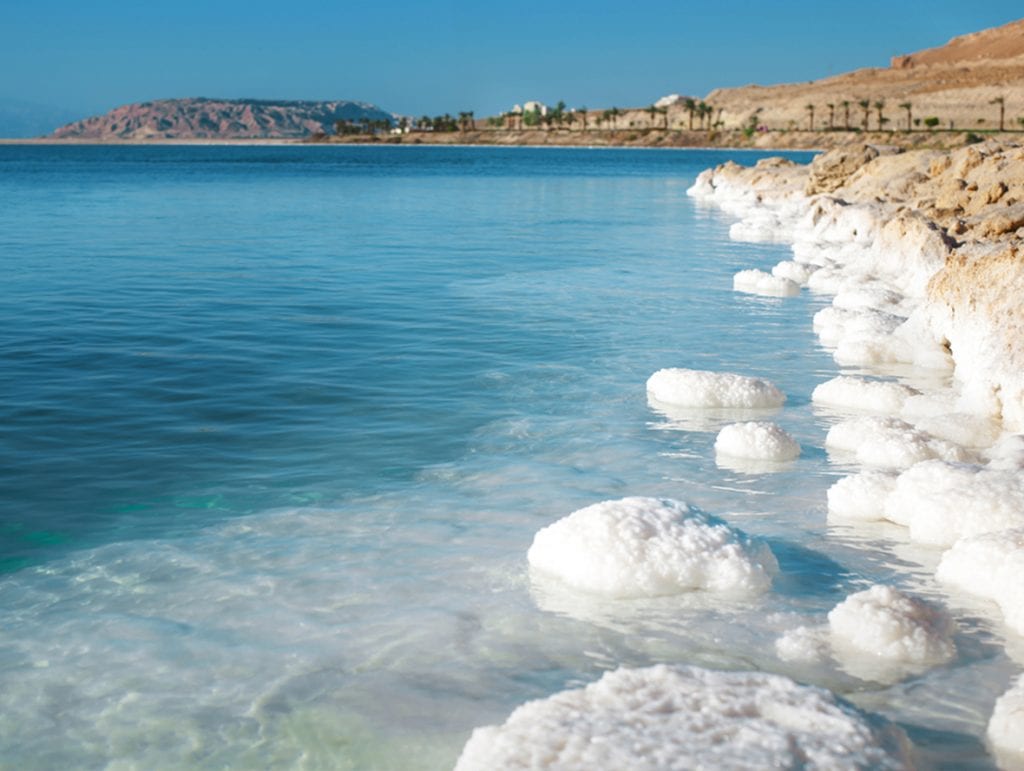
Caspian Sea
The Caspian Sea lies to the east of the Caucasus Mountains and is the world’s largest inland body of water. It is bordered by 5 different countries (Azerbaijan, Iran, Kazakhstan, Russia, and Turkmenistan). At 90 ft below sea level, it may not be the lowest elevation on earth, but it is one of the largest areas below sea level.
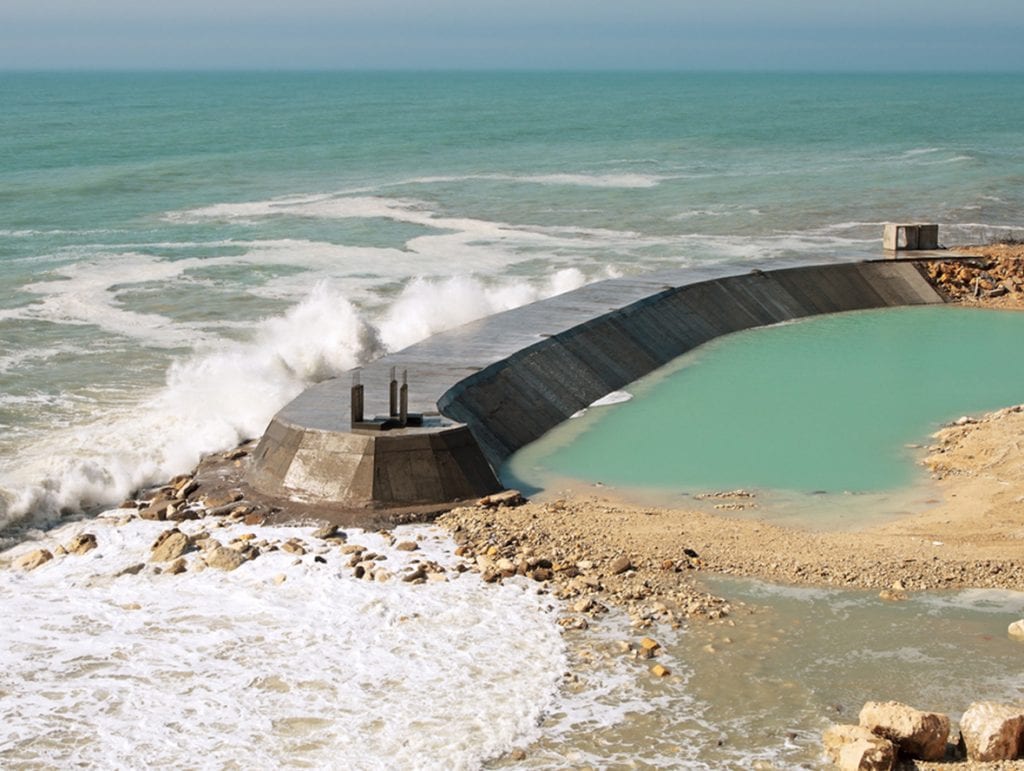
The sea is famous for its rare species of aquatic vegetation and fauna, known as Caspian Turtles. The sea is also home to the Caspian Seals, a species of seals who live in an inland body of water. Luxury cruises, watersports, and fishing activities are all available for the thousands of yearly tourists who travel to see one of nature’s most remarkable sights.
Europe
Eiksund Tunnel
Situated in Møre og Romsdal, Norway, the Eiksund Tunnel is the lowest place in Europe that’s reachable by any means of transport. At 942 ft below sea level, it is also the lowest underwater tunnel in the world.
Unlike some of the other places mentioned in this article which are natural phenomena, the Eiksund Tunnel is a marvel of modern engineering. It was built in 2008 to complete the Eiksund Bridge, which connects Eika Islet with the mainland.
Many tourists travel annually to the tunnel to experience the exceptionally picturesque driving route.
America
Badwater Basin
At 282 ft below sea level, Badwater Basin in Death Valley, California is the lowest place in North America. The site itself is a small salt pond, surrounded by a 60 square mile covered in natural salt pans. The high volume of natural salt is used to produce borax – which makes fire-resistant fiberglass and metals.
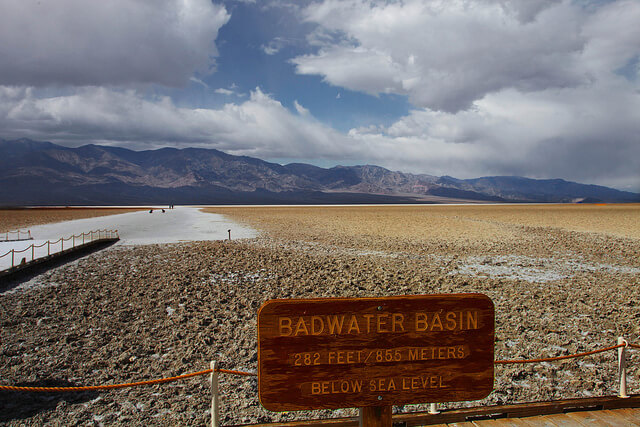
The area is a natural park with many driving routes for tourists. Here you can observe the ironically named “Devil’s golf course”, tour the sand dunes, visit the spectacular spring wildflowers, and take in the awe-inspiring view in the region’s many observation points and lookouts.
Australia
Lake Eyre
Lake Eyre is the lowest point in Australia at 49 ft below sea level. Located some 700 KM north of Adelaide, it’s the largest salt lake in the country. The lake sits within the ‘Lake Eyre basin’ which spans over 1 million kilometers.
The lake holds deep cultural significance for indigenous Australians who are involved with the site’s ongoing management and conservation.
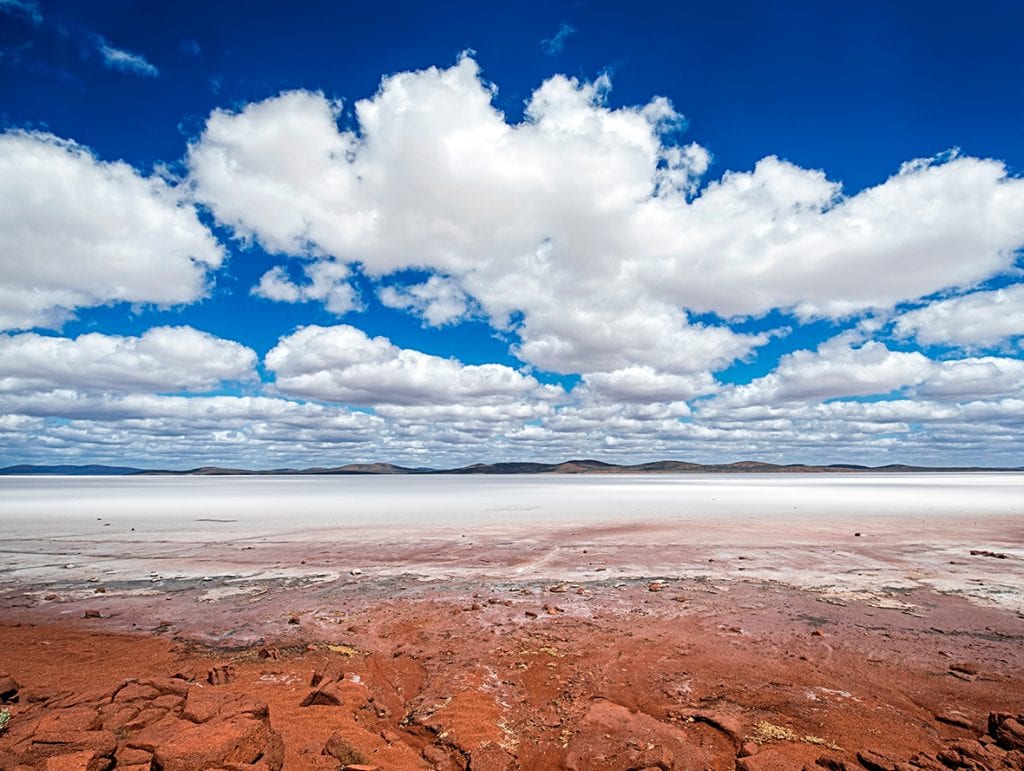
The lake is also the site of one of nature’s peculiarities which continues to baffle scientists until this day. When the lake is filled, hundreds of thousands of pelican fish travel to the lake to feed and roost. Some come from as far as Papua New Guinea which is several thousands of miles away. No explanation has yet been given as to how the pelicans can detect whether the lake is filled from such a considerable distance.




